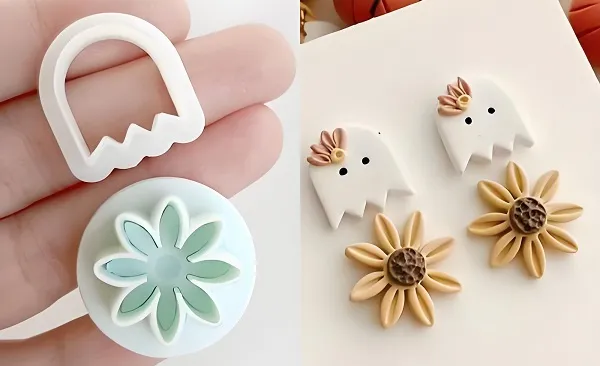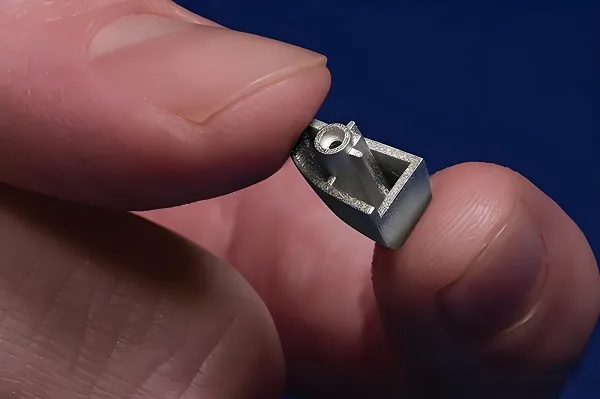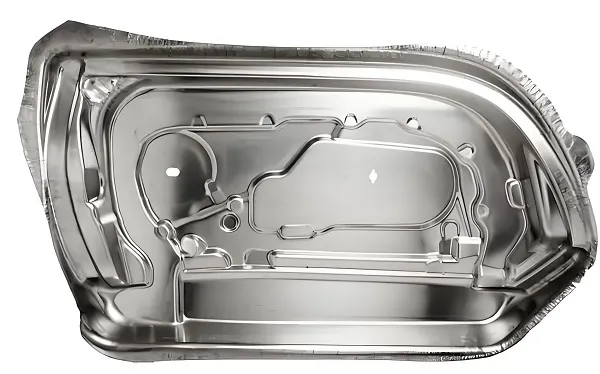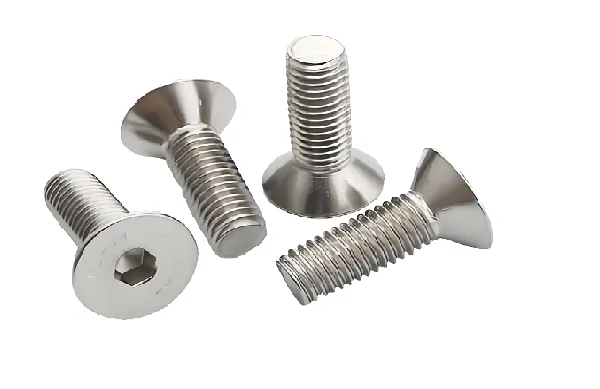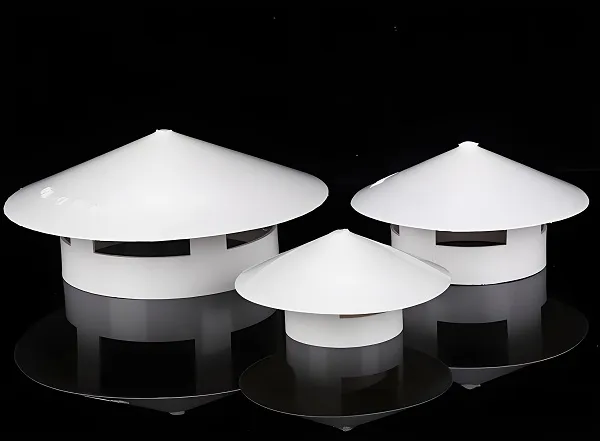Metal Injection Molding (MIM) is an advanced process for manufacturing metal parts, which combines the advantages of plastic injection molding and powder metallurgy technologies to provide an effective solution for manufacturing metal parts with complex shapes and high precision. The following is a detailed introduction to the metal injection molding process:
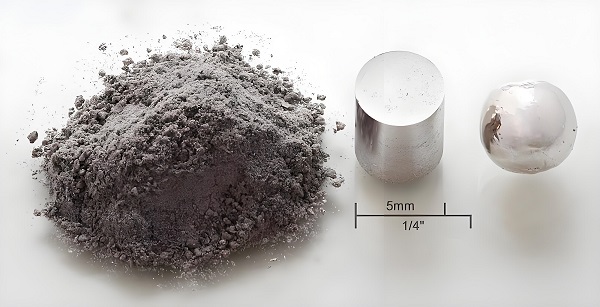
1. Principle of Metal Injection Molding Technology
Metal Injection Molding (MIM) is an advanced manufacturing process that combines plastic injection molding technology and powder metallurgy technology. The technology injects a mixture of metal powder and binder into a mold at high pressure to form a blank part of the desired shape. Subsequently, the blank is de-bonded and sintered at high temperatures, resulting in a dense metal part. During this process, the metal powder is subjected to high pressure in the mold, which is mechanically fixed to ensure that the thickness of the mold shell remains unchanged, forming a complete part.MIM technology is particularly suitable for the production of small, three-dimensionally complex shapes, as well as metal products with special performance requirements.
2. Metal injection molding process product customization
The MIM process offers a high degree of flexibility in terms of product customization. By adjusting the type of metal powder, particle size, binder formula and mold design, metal parts with different shapes and properties can be produced. Whether it’s precision mechanical parts, medical device components, or housings and internal structures for consumer electronics, MIM technology can meet the customization needs of our customers. In addition, because the MIM process can achieve near-net-shape, it greatly reduces the amount of subsequent processing, and improves production efficiency and product accuracy.
3. Introduction of metal injection molding process materials
Materials: The materials used in the metal injection molding process are mainly various metal powders, including iron, nickel, titanium, stainless steel, precious metals and superalloys. The average particle size of these powders is generally less than 20μm to ensure good rheological properties and sintering properties.
Fine particle size: The powder particle size is generally between 2~8μm to ensure uniform dispersion and high sintering rate.
High vibration density: the vibration density is more than 50%, which is conducive to improving the density of the blank parts and the mechanical properties of the final product.
Near-spherical particles: the shape of powder particles is close to spherical, which is conducive to reducing friction and wear during the injection process and improving the injection efficiency.
Good rheological properties: after mixing with binder, it has good rheological properties, which is easy to inject into the mold and fill the cavity.
4. Product characteristics of metal injection molding process
Products: The metal injection molding process produces a wide variety of products, including but not limited to precision gears, bearings, medical device components, consumer electronics housings, automotive parts, and so on.
Precision: Compared with traditional metal manufacturing processes, MIM process produces parts with higher precision, and dimensional tolerances can be controlled within ±0.1mm.
Surface Finish: The surface finish of the product is good, Ra value can reach below 0.4μm, no or only a small amount of follow-up processing is required.
Density and strength: After high temperature sintering, the relative density of the product is high, close to or reaching the full density level, with excellent mechanical properties.
Production efficiency: The MIM process has a short production cycle and high production efficiency, making it suitable for high-volume and large-scale production.
Cost-effectiveness: Although the equipment cost is high, but the injection material utilization rate is high (up to 98% or more), the overall production cost is relatively low.
Metal Injection Molding Process FAQ
Q1: What is the difference between the Metal Injection Molding process and the conventional metal manufacturing process?
A1: The metal injection molding process has higher molding accuracy and surface finish, and is capable of producing parts with more complex shapes and high production efficiency, making it suitable for mass production.
Q2: What kind of materials is the Metal Injection Molding process suitable for?
A2: The Metal Injection Molding process is suitable for the processing of a wide range of metal powders, including iron, nickel, titanium, stainless steel, precious metals and superalloys.
Q3: How to improve the precision and surface quality of Metal Injection Molding products?
A3: Improving the uniformity of powder size, optimizing the binder formula, improving the mold design and processing accuracy, and controlling the sintering process parameters are all measures that can effectively improve the precision and surface quality of metal injection molded products.
Q4: What is the production cost of the Metal Injection Molding process?
A4: Although the equipment cost of metal injection molding process is higher, the overall production cost is relatively low due to high utilization rate of injected material, and the production efficiency is high, which is suitable for mass production, thus reducing the cost per unit of product.

